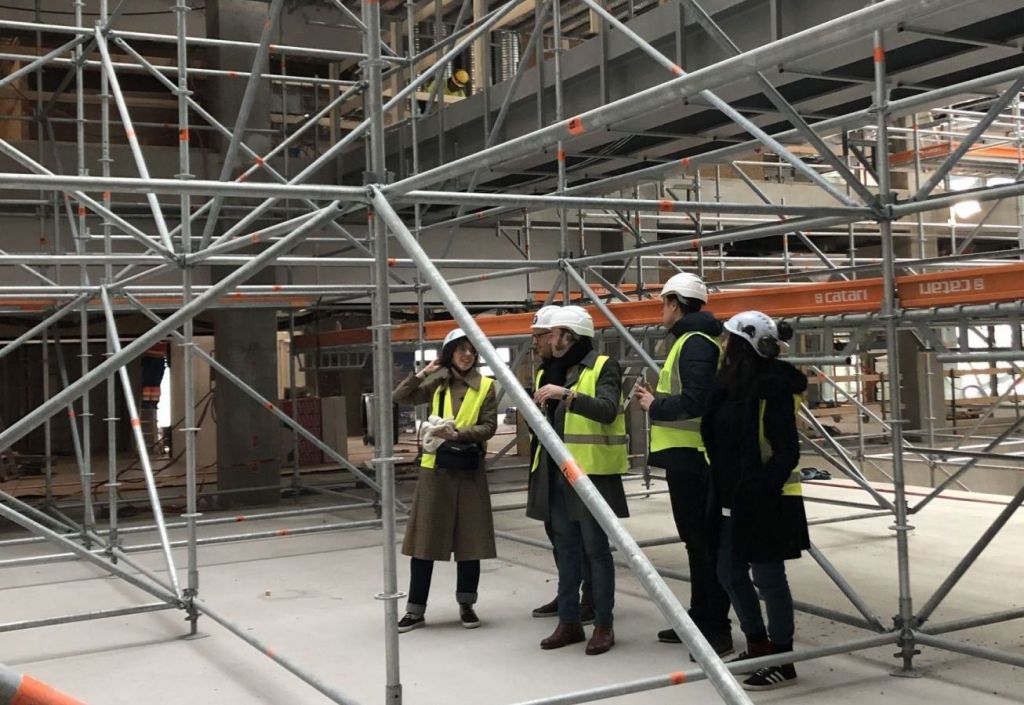A public art project demands a lot from an artist. The operating environment and partners are very different to those involved in a gallery exhibition, for example.
The skills required in public art projects are fundamental in other artistic processes as well. It is important to be able to present your idea well – whether it is an exhibition plan or a submission to public art competition. In addition, good interaction and negotiation skills are a vital part of all artistic work.
A public art project has many phases. Whether you decide to enter an art competition or a commissioner orders a draft from you, phases of a same kind follow each other.

Read the competition programme or the assignment carefully. Learn about the commissioner/client and the goals of the project. It is important to visit the site if possible. Draft preliminary ideas for the artwork. It is a good idea to meet the project representatives if possible.
Make sketches to refine your idea. Start to think about the budget, the schedule, initial ideas about form and materials, location and aspects of sustainability.
Gather the detailed drawings and other information together. The proposal/plan should include the description of the artwork, the production method and schedule and a specific estimate on the life cycle and maintenance operations. The final proposal/plan should include an itemized cost estimate, which also denotes the amount of the artistic fee.
Remember to follow the instructions to submit the proposal/plan, if provided.
As public art is usually teamwork, good negotiation and communication skills are essential. You need the skills also for the negotiations for a commission contract.
Make sure to sign an art commission contract before you start working on the artwork. Take enough time for negotiations for a contract.
If the contract negotiations are successful, the client or commissioner decides to commission a piece from you. Remember to inform your client for any changes to work during the implementation. Be an active partner as interaction is vital to public art projects. Set up the dates for presentation of work-in-progress (e.g. at 50-75%-completion stages).
In the art commission contract, the schedule and details of the delivery and installation of the work of art are defined. Usually, the commissioner/client wants to have a final inspection of the completed work of art. After that, the artist will provide a maintenance manual of the artwork for the owner.
Sources:
Public Art Commissions: An Artist Handbook. A Publication of the North Carolina Arts Council.